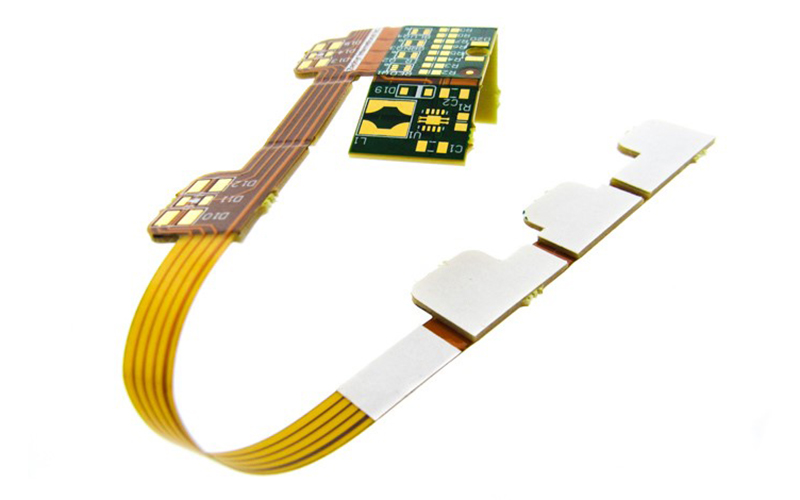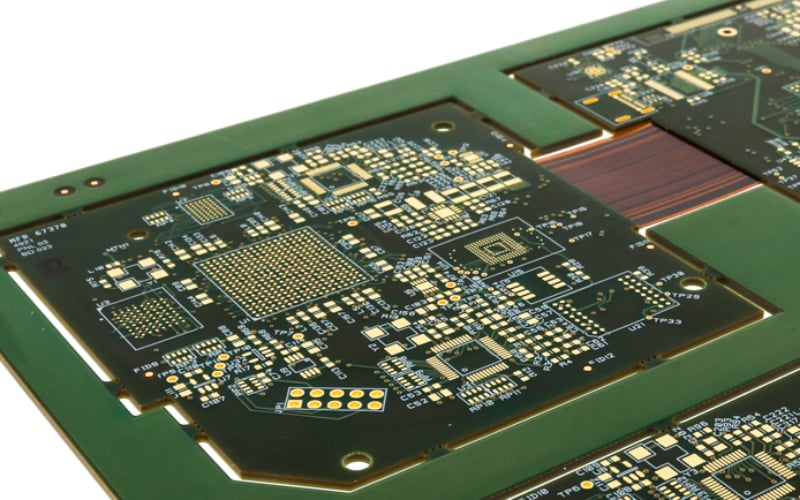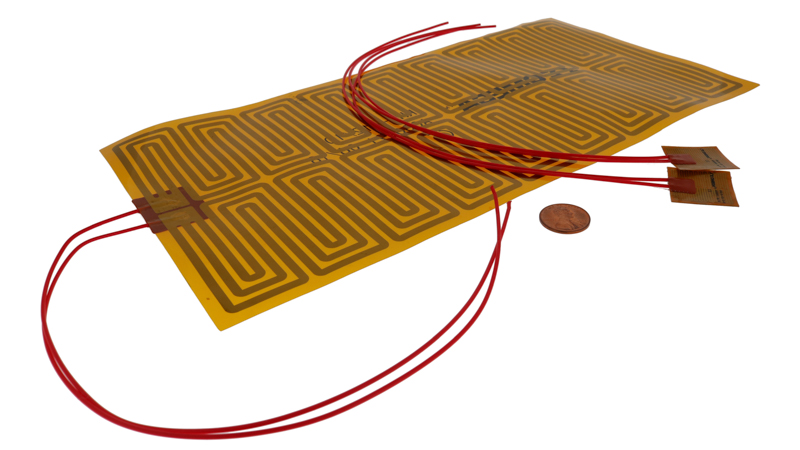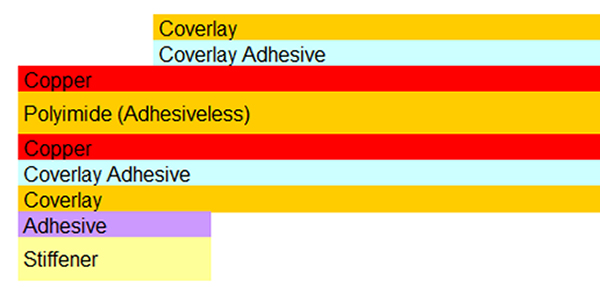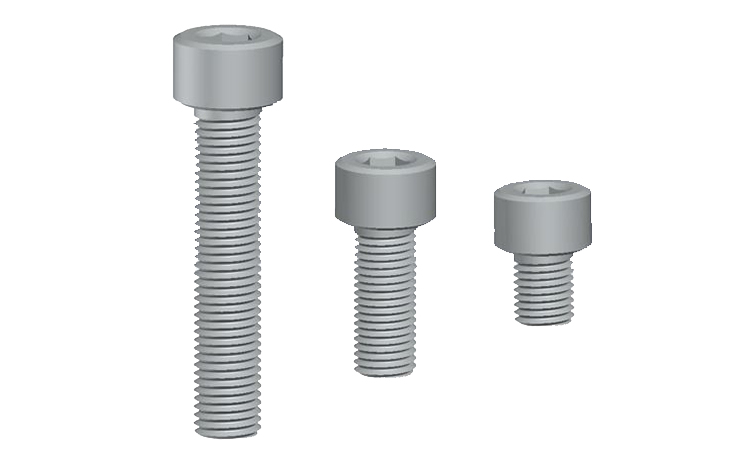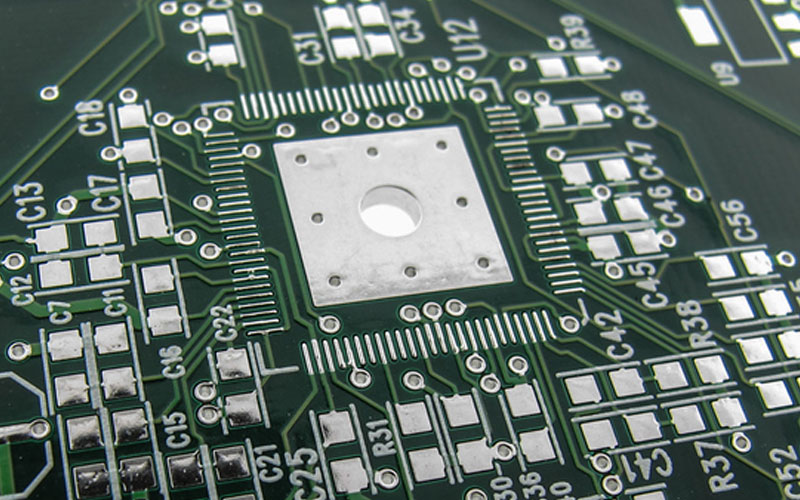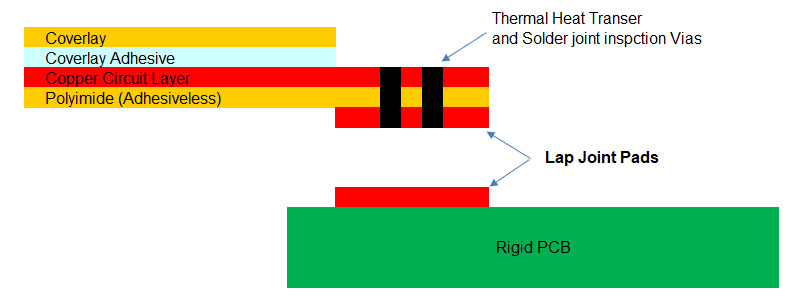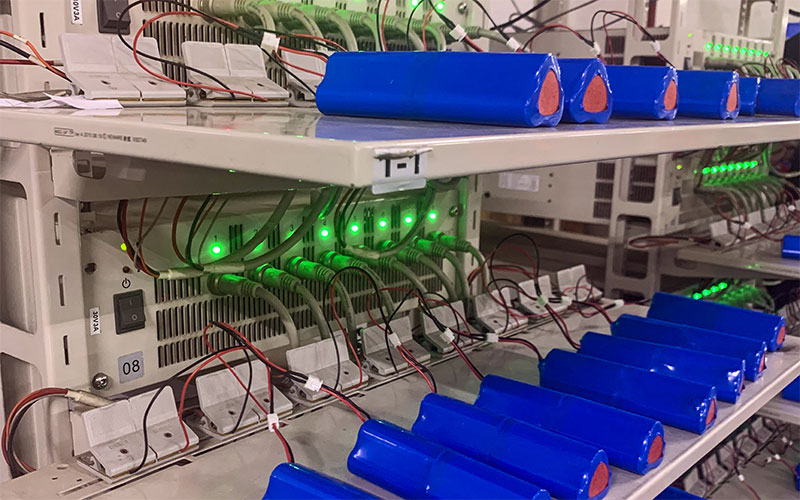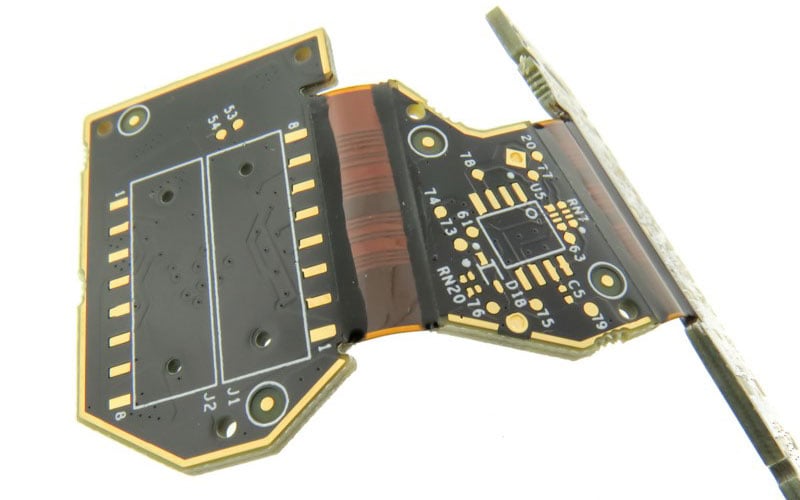The unique capabilities of flexible circuits allow for additional design elements that are not available in rigid PCB designs. A very common one is integrating Pressure Sensitive Adhesives (PSA) into the design. A PSA is a double-sided adhesive tape that can serve multiple purposes. The PSA is attached to the flex as part of the manufacturing process and the release film is retained on the exposed side to protect the adhesive until it is installed.
At the conclusion of our webinar, Electrical vs Mechanical Requirements in Flex & Rigid-Flex PCB Designs, we had several questions submitted to our presenter, Paul Tome, Product Manager Flex and Rigid-Flex, at Epec. We have compiled these questions into a readable format on our blog.
As we sit on the cusp of another festive/holiday/peak/Chinese New Year (CNY) shipping season, it feels like once again there are going to be new and challenging variables that we are going to have to navigate to be successful.
Flexible heaters bring with them a wide range of advantages that cannot be ignored for most applications. For starters, they offer superior versatility (hence the name) when alternative types of heaters and can have very thin form factors as well.
Identifying the differences between rigid PCB FR4 materials and flex circuit polyimide materials can be useful to customers who are implementing flex circuit designs for the first time. Beyond the obvious difference in flexibility, the two types of materials have different available thicknesses, copper types, and properties that impact high-speed controlled impedance signals.
Companies rely on engineering departments to design and develop parts and assemblies for machinery and applications. Before a part goes through the assembly line, engineers use computer-aided programs to develop 3D models and simulations.
The hot air solder leveling surface finish (HASL) is the second oldest surface finish available for printed circuit boards and up until a point in time was virtually the standard surface finish used in the electronics industry (originally with leaded solder and more recently the RoHS version with lead-free solder).
Flex circuits have many unique capabilities to solve design challenges. One of these is a lap joint capability that allows a flexible circuit board to be directly attached to another circuit or component eliminating the need for any type of connector.
Charging batteries, whether they are small batteries in laptops to large ones in electric vehicles, requires the right rate of charge based on the battery chemistry. While technology has provided more ways for people to charge their electronics, especially portable devices, customers are looking at ways to speed up the process so they can use their items faster.
Contrary to some customers’ perspectives, flex circuits are not indestructible. As with any part that contains a metal if it is bent or handled beyond its physical capabilities it will break. In this blog, we will cover the 3 main causes of fractured or cracked circuits in a flex design and how to prevent them from occurring. We’ll also review how to determine the minimum bend capabilities of a flexible circuit board design.


